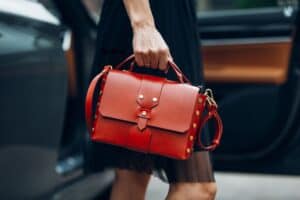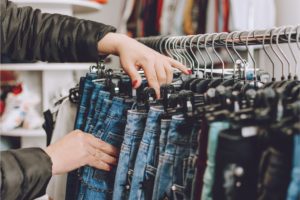How to Buy Eco-Friendly Shoes in Australia - Reference Guide
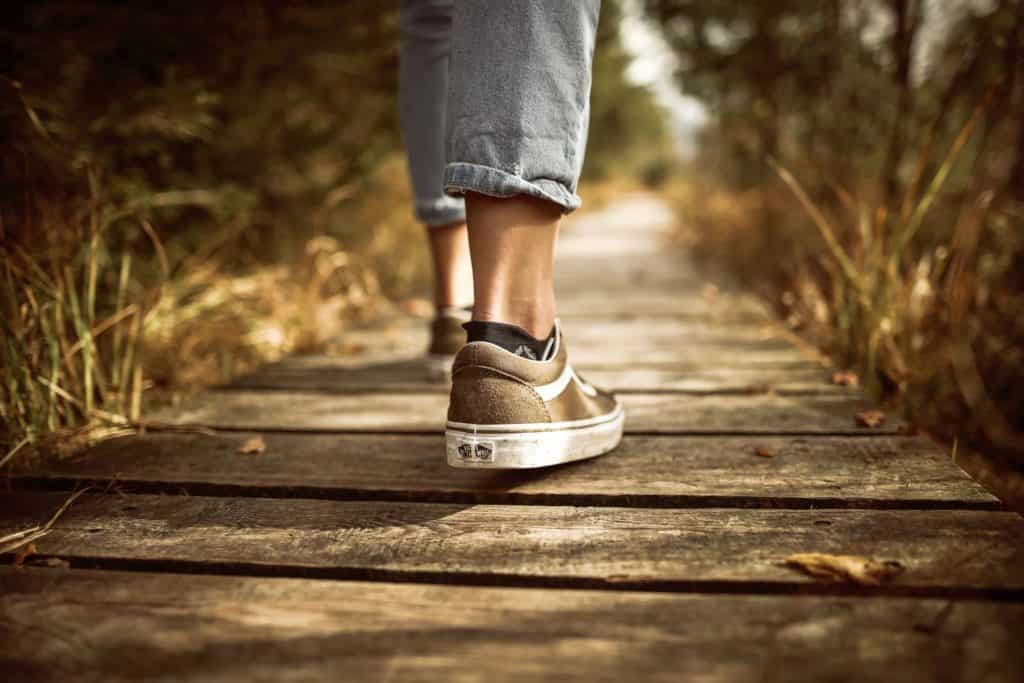
This post was last updated in 2023
1. Choose a brand that uses sustainable materials
A high-level summary of these aspects has been provided below, allowing you to gauge how these options stack up.
Organic Cotton
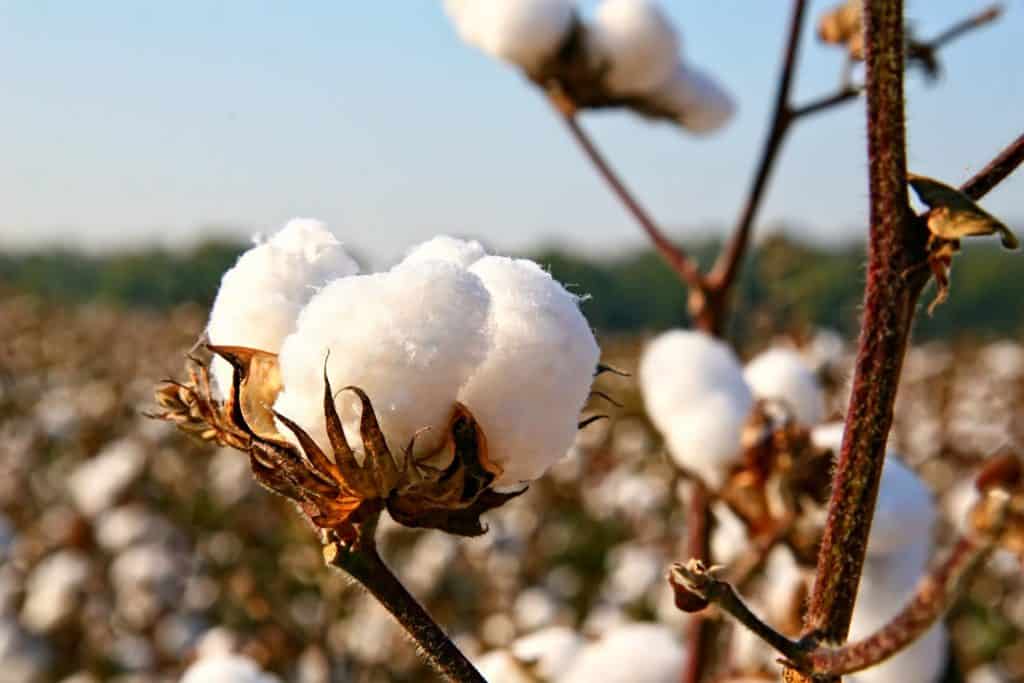
Recycled Materials
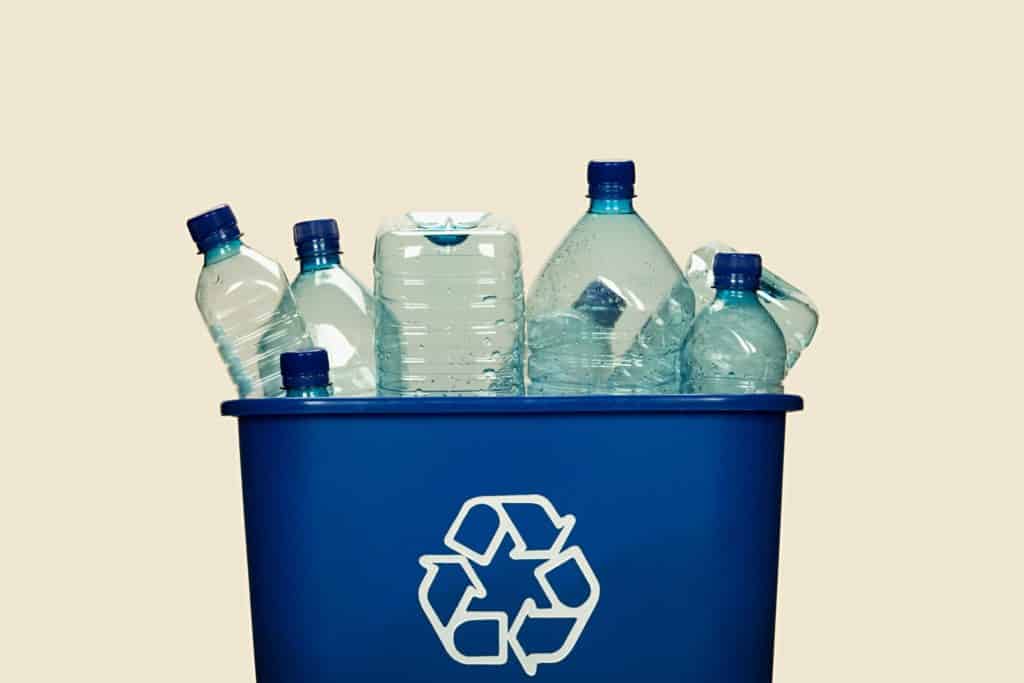
Hemp
Leather Alternatives

Cork
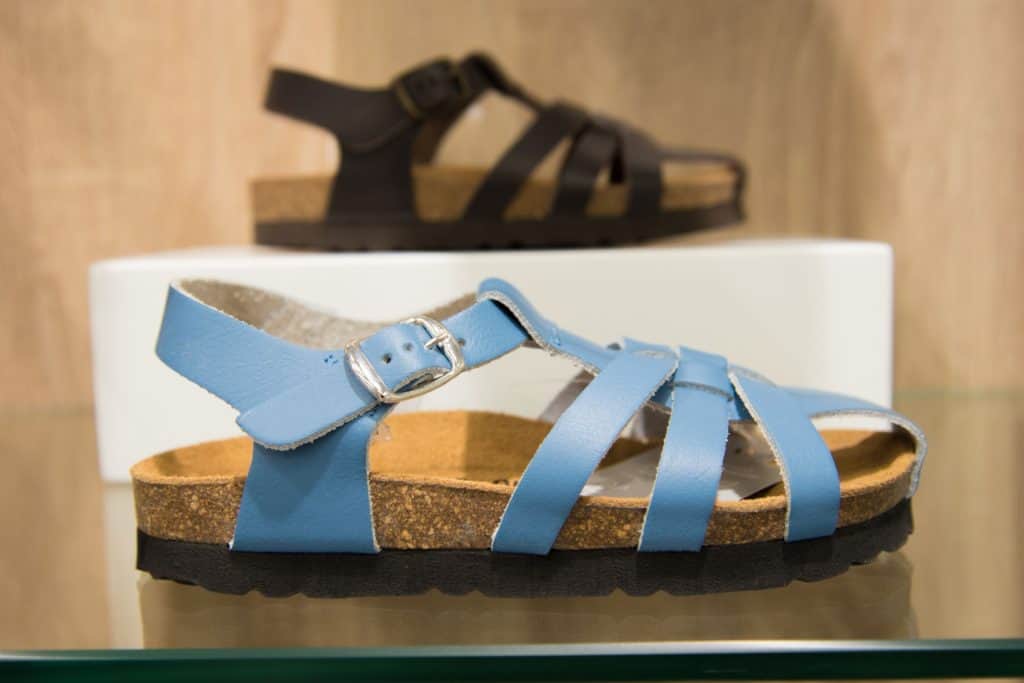
"You need to be very skilled so that you can be sensitive with the axe," says Daniel Pereira, who at 26 is one of the younger harvesters. He's a jovial type and laughs as he talks. "Some of these trees are more than 100 years old. I don't want to be the one to damage them. "I spent four years learning to harvest. This is the job everyone wants to do. It's very well paid." Pereira turns serious: "There is nothing like cork."
2. Check for certifications
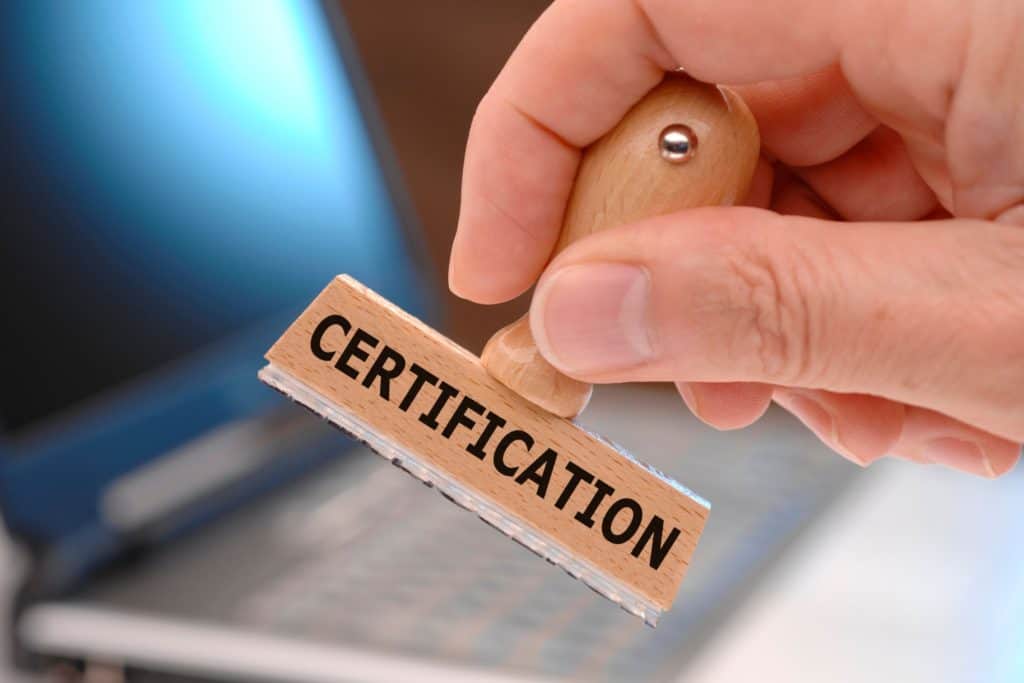
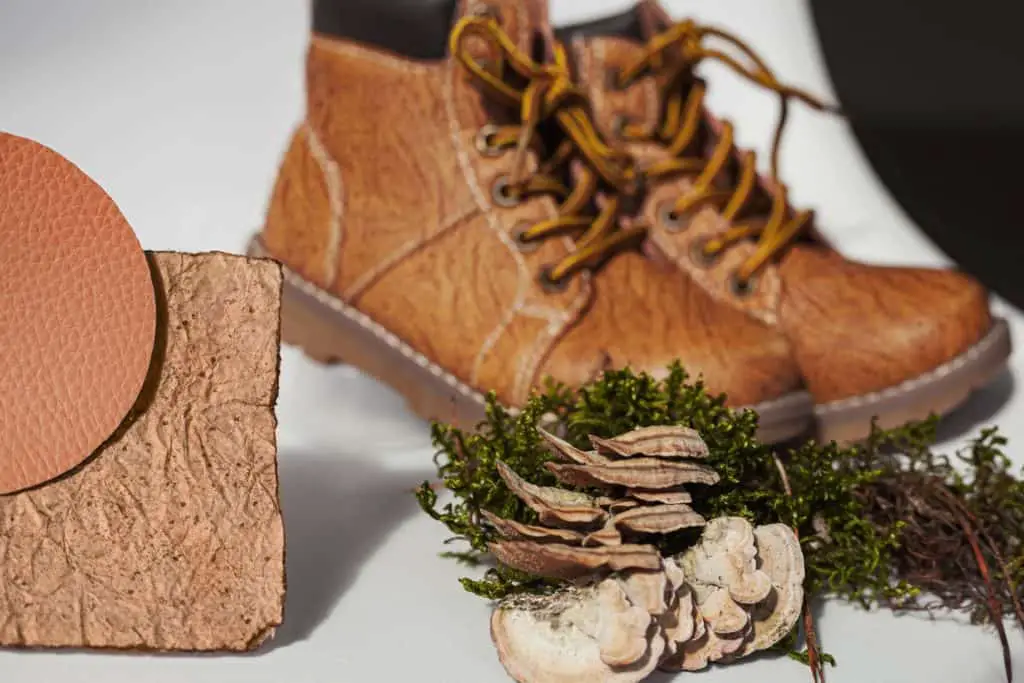
3. Choose classic styles
- Ballet Flats: Known for their simple, slip-on design and comfortable fit, ballet flats are a timeless choice for both casual and dressy outfits.
- Loafers: Loafers are characterised by their slip-on design and low heels. They come in various materials and can be dressed up or down, making them a versatile choice for both work and leisure.
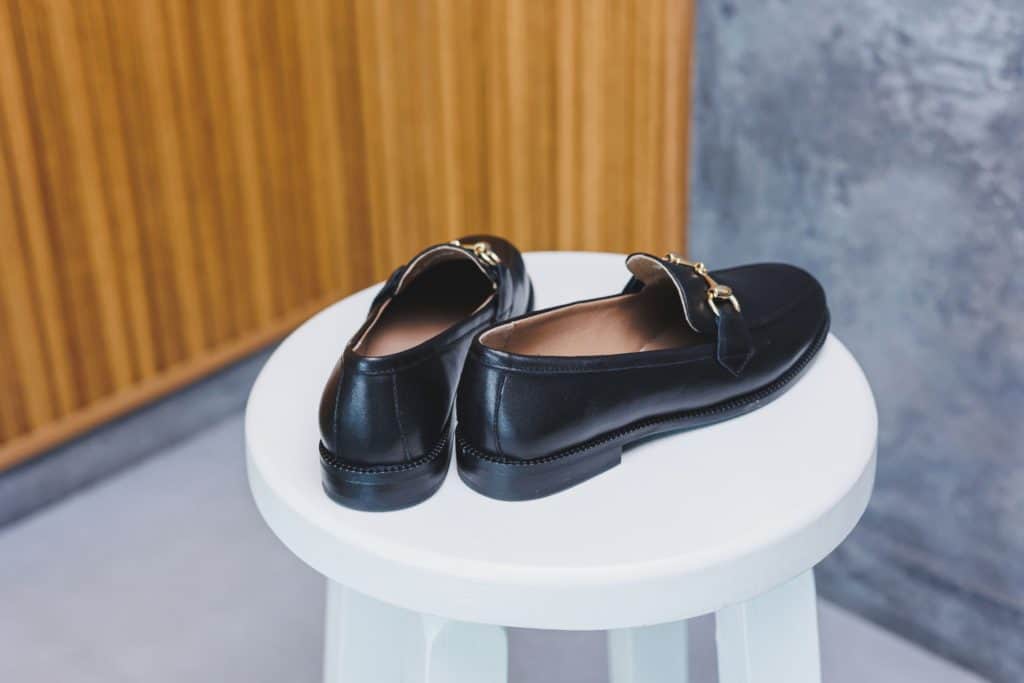
- Oxford Shoes: Oxford shoes feature closed lacing and often have a low heel. They are suitable for business attire and more formal occasions.
- Ankle Boots: Classic ankle boots, with their low to medium heel height and versatile silhouette, are perfect for transitioning between seasons. They can be paired with jeans, dresses, and skirts.
- Pumps: Pumps are a quintessential choice for formal occasions and business attire. With their closed toe and varying heel heights, they offer a sophisticated touch to any outfit.
- Sandals with Minimal Straps: Sandals with minimal, thin straps offer simplicity and elegance. They’re a great option for warm weather and can be dressed up or down.
- Espadrilles: Espadrilles feature a jute rope sole and often have a canvas or fabric upper. They’re synonymous with summer and casual comfort.
- Classic Sneakers: Clean and minimalist sneakers, like white leather sneakers, have become a staple in both casual and athleisure outfits.
4. Consider longevity and quality
Check out this YouTube video for some fantastic tips. I’ve set the video to play from the point she starts discussing what to look out for when it comes to the shoes construction:
5. Support local and ethical brands
6. Explore secondhand options
Other considerations
- Packaging is minimal and made from recycled materials
- Packaging is recyclable or compostable
- The brand operates sustainably (low carbon footprint)
- There is a repair program
- There is a take-back program, ensuring the products are reused or recycled at the end of their life
In Australia, several ethical and sustainable footwear brands are making waves. They may not tick all these boxes, but they are steps ahead of traditional footwear brands (pun intended).
FAQ
What are eco-friendly shoes?
Is it sanitary to wear used shoes?
- Cleanliness: Used shoes should be thoroughly cleaned and disinfected before wearing them. This can significantly reduce the risk of bacterial or fungal infections.
- Material Matters: The material of the shoe plays a role in determining its sanitation. Leather shoes, for instance, tend to be more breathable and less likely to retain moisture compared to certain synthetic materials.
- Foot Health: Wearing shoes that fit well and provide proper support is crucial for foot health. If used shoes don’t meet these criteria, they might not be the best choice regardless of sanitation concerns.
Are rubber shoes eco-friendly?
Who makes eco shoes?
Numerous brands have embraced sustainability and are producing eco-friendly shoes. Some well-known brands include Allbirds, Veja, Nisolo and Vivaia. And there are also Australia-based brands that offer a wide range of products, using sustainable materials and embracing ethical and fair work practices.

